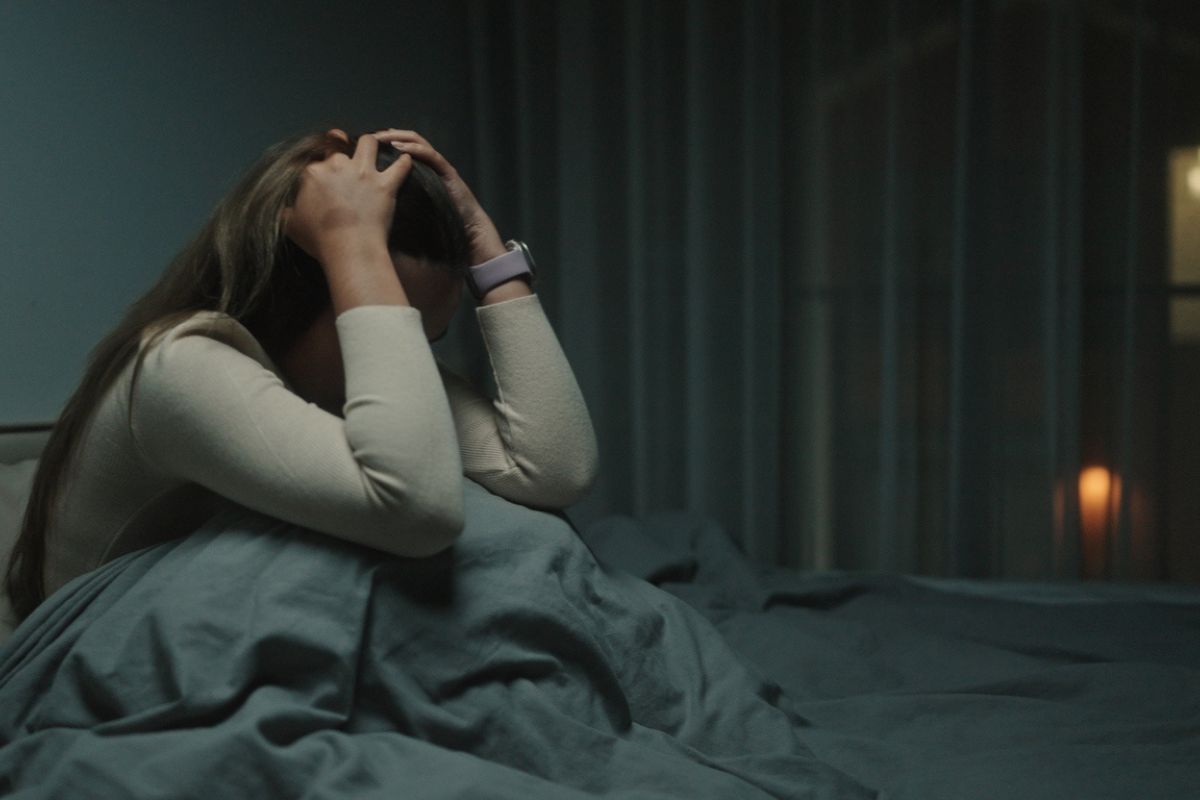Even before the COVID-19 pandemic threatened the mental health of adolescents and adults alike, antidepressant prescriptions were on the rise. And while the anecdotal evidence suggested things got worse after the lockdowns, new evidence backs that up.
The journal Pediatrics has published new research from the University of Michigan Health that reveals that monthly antidepressant prescriptions jumped more than 66 percent between January 2016 and December 2022. After the pandemic spread, from March 2020, prescriptions rose more than 63 percent.
“Antidepressant dispensing to adolescents and young adults was already high and rising before March 2020. Our findings suggest these trends accelerated during the pandemic,” lead author Kao Ping Chua, M.D., Ph.D., a pediatrician and researcher at the University of Michigan Health C.S. Mott Children’s Hospital, said.
A National Mental Health Crisis
There’s a reason the American Academy of Pediatrics – along with others – declared in late 2021 that the state of mental health among children and adolescents is a national emergency.
“We are caring for young people with soaring rates of depression, anxiety, trauma, loneliness, and suicidality that will have lasting impacts on them, their families, and their communities,” the group, along with the American Academy of Child and Adolescent Psychiatry and the Children’s Hospital Association, wrote, “We must identify strategies to meet these challenges through innovation and action, using state, local and national approaches to improve the access to and quality of care across the continuum of mental health promotion, prevention, and treatment.”
According to a 2022 U.S. National Institutes of Health study:
- From 2016 to 2019, the rates of emergency department visits with a principal diagnosis related to mental health only increased for ages 0-17 years, from 784.1 per 100,000 population to 869.3 per 100,000 population.
- From 2008 to 2020, the rates of death from suicide among people ages 12 and over increased by 16 percent overall. Specifically, the rate for youths ages 12-17 increased from 3.7 per 100,000 population to 6.3 per 100,000 population.
- The rate of suicide death increased by 2 percent for Hispanic youths. The rate for non-Hispanic White youths decreased by 13 percent from 8.5 per 100,000 population to 7.4 per 100,000 population.
Demographic Differences
The comprehensive study, which crunched the numbers from a national database that included 92 percent of prescriptions filled in the United States, also found that much of the increase stemmed from adolescent women. Since March 2020, the prescription rate shot up 130 percent faster among female adolescents from 12 to 17 years old and 60% faster among young women 18-25 years of age.
“Multiple studies suggest that rates of anxiety and depression among female adolescents increased during the pandemic,” Chua said. “These studies, coupled with our findings, suggest the pandemic exacerbated a pre-existing mental health crisis in this group.”
Prescriptions among young men, on the other hand, remained relatively stable and actually fell among male adolescents. However, study author Chua doubts that it has anything to do with a lack of need.
“A more plausible explanation is that male adolescents received care for mental health symptoms less often after the outbreak despite a lack of a decrease in the frequency of these symptoms,” the study’s authors wrote. “In support of this possibility, an analysis of national commercial claims data from 2016 to 2021 revealed that dispensing of medications for attention-deficit hyperactivity disorder declined after the outbreak among males aged 15 to 24 years.”
But What Does it Mean?
The study results represent a mixed bag for mental health professionals and policymakers alike. But more importantly, it emphasizes an urgent need to pursue further research.
“The increase in antidepressant prescriptions might reflect a growing willingness to treat younger patients with psychoactive medications,” Arwa K. Nasir, MBBS, MS, MPH, and Laeth S. Nasir, MBBS, wrote in a commentary in the same issue of Pediatrics. “This study reinforces the urgency to understand the factors driving this upsurge and to develop effective prevention and early detection strategies for mental health issues in youth. In many ways, increased prescription of psychoactive medication represents a failure to prevent behavioral and psychological problems and a deficiency of family and community support systems, leaving few alternatives for management.”
Further Reading
Young Adult Depression, Antidepressant Prescriptions, and Therapy Intensification
Structural Racism and Telepsychiatry During the COVID-19 Pandemic
Increased Use of Antidepressants in Women Decreases Suicides in Men



